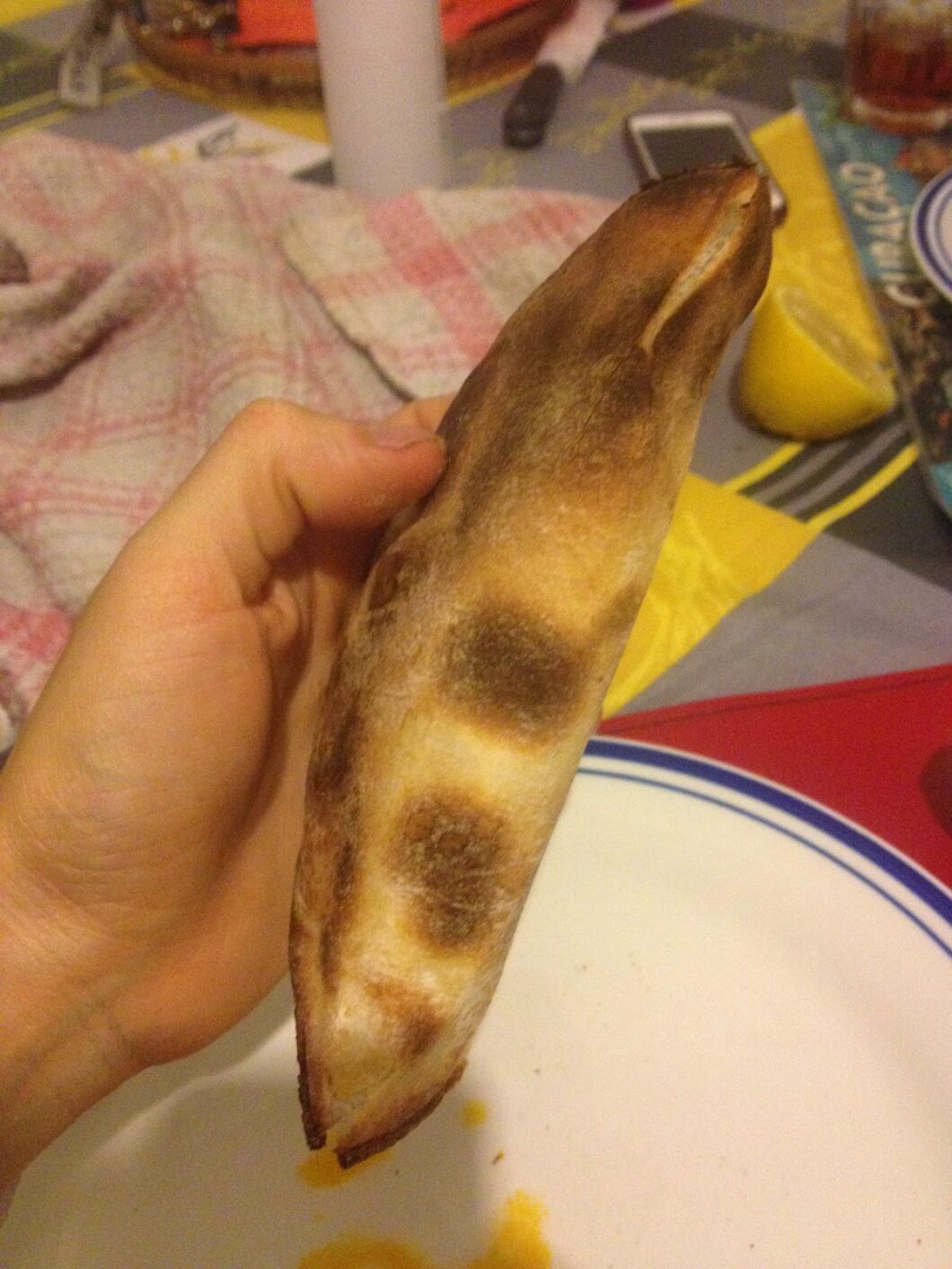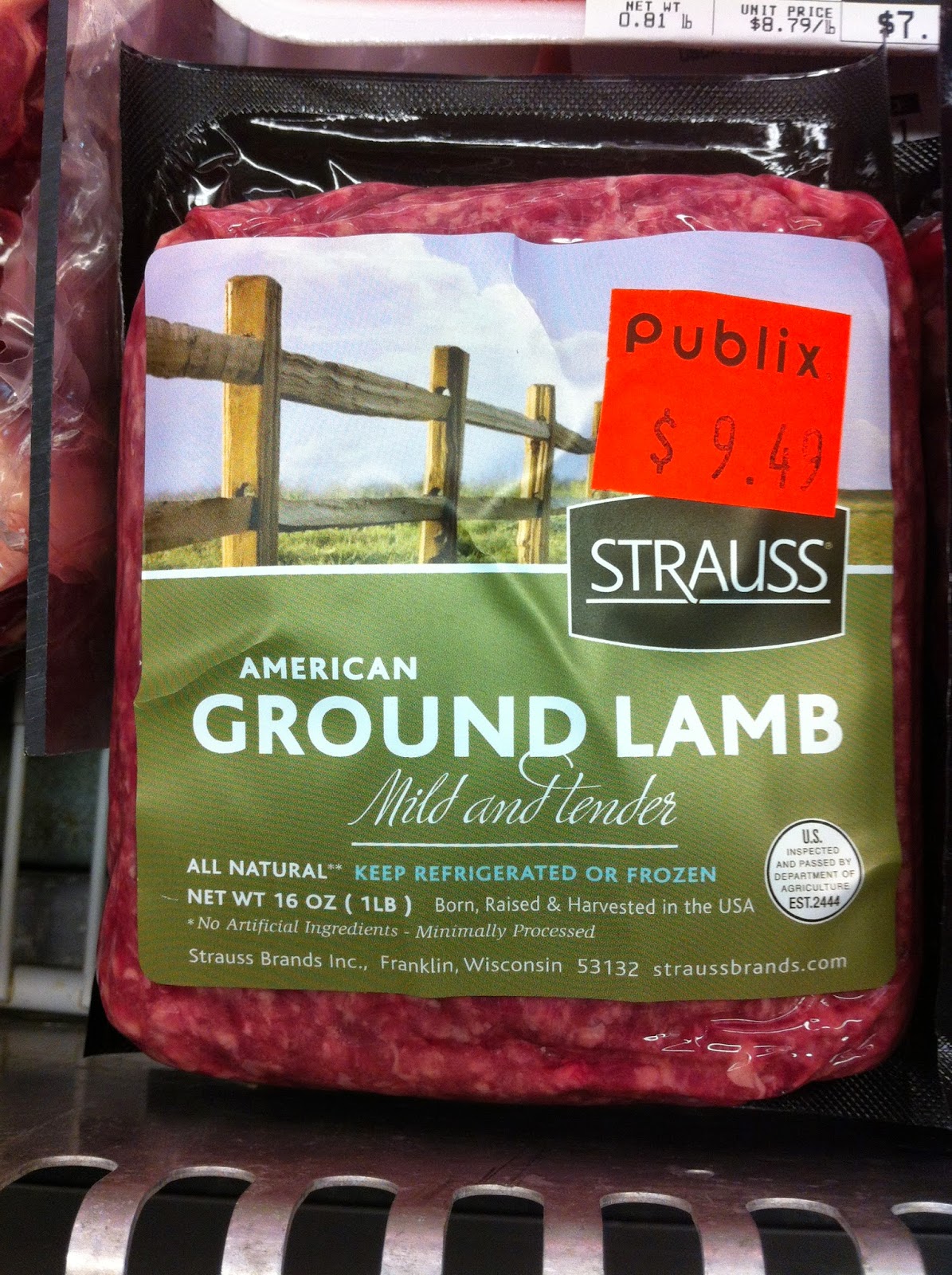I’ve got to hand it to Mike Minassian… he’s not a
quitter. He diligently set out to find the perfect lahmajoun dough recipe
described so eloquently: “It should not be a bit dry; it should be well toasted
but at the same time very flexible and a bit greasy. The borders should be a
little burnt like an old scroll. When you roll it up to eat it you should
notice that the folded dough doesn´t have any cracks.”
With that in mind, Mike used the fourth recipe I sent him
for experiment #2. This one is from the cookbook, ’Armenian
Cuisine – Preserving Our Heritage’ – St. John Armenian Church cookbook,
Southfield, Michigan.
for experiment #2. This one is from the cookbook, ’Armenian
Cuisine – Preserving Our Heritage’ – St. John Armenian Church cookbook,
Southfield, Michigan.
I mentioned that this recipe differs from others in
that it uses whole milk, canned evaporated milk in addition to vegetable
shortening. I also suggested that perhaps the fat in the milk plus the
shortening might give the dough the flexibility he is seeking. I warned him
that this recipe yields 80 to 90 lahmajouns, so make adjustments accordingly!
that it uses whole milk, canned evaporated milk in addition to vegetable
shortening. I also suggested that perhaps the fat in the milk plus the
shortening might give the dough the flexibility he is seeking. I warned him
that this recipe yields 80 to 90 lahmajouns, so make adjustments accordingly!
Mike made a double batch of lahmajoun topping with the
first dough experiment which saved him a good deal of preparation time.
first dough experiment which saved him a good deal of preparation time.
Without further ado, here is Mike’s
Lahmajoun Dough Experiment Part 2 including his comments, photos, and evaluation:
Lahmajoun Dough Experiment Part 2 including his comments, photos, and evaluation:
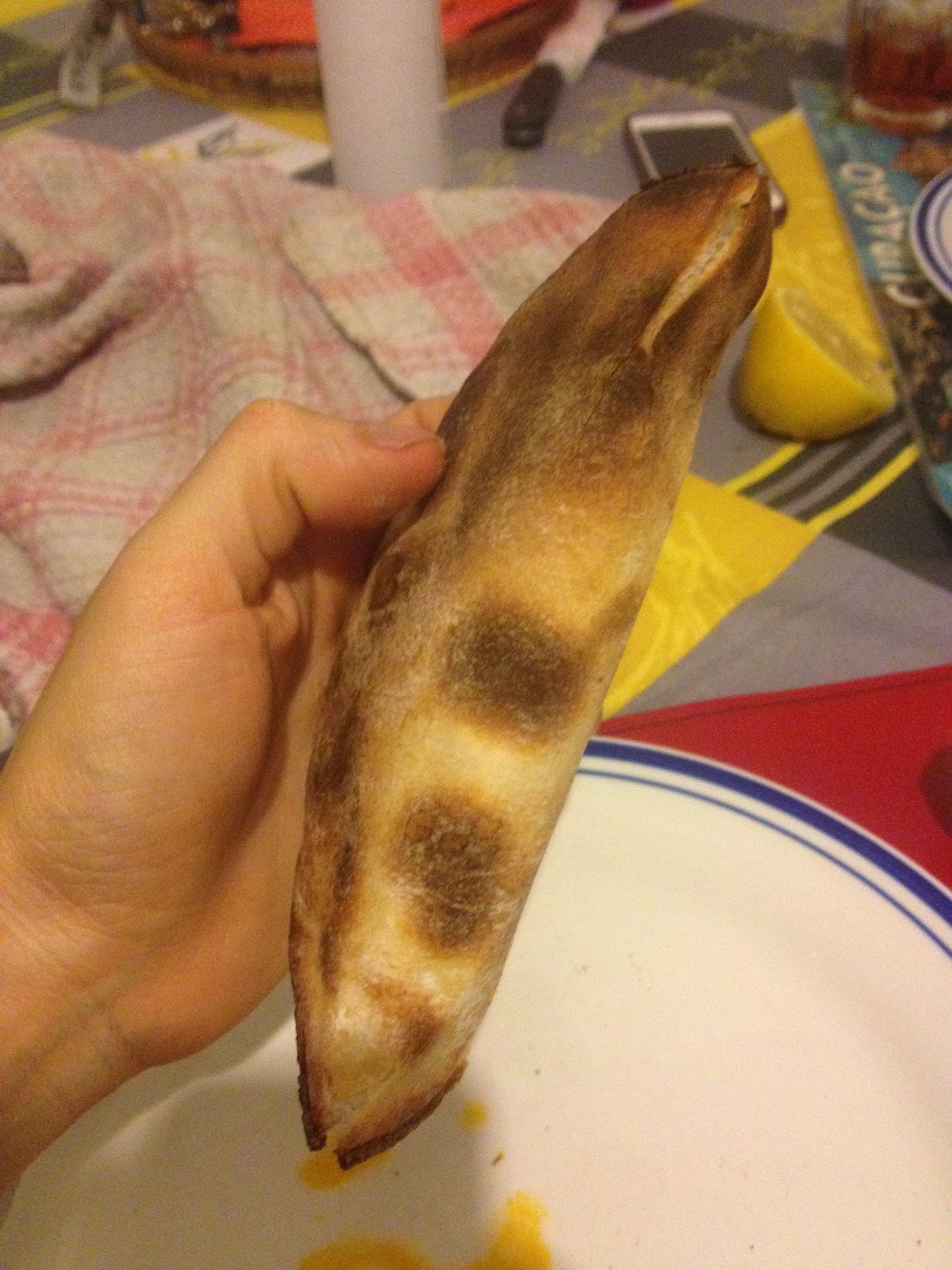 |
| Lahmajoun –baked, folded and ready to eat. |
The
Recipe:
Lahmajoun
Dough Recipe (from
the cookbook, ’Armenian Cuisine – Preserving Our Heritage’ – St. John
Armenian Church cookbook, Southfield, Michigan)
Dough Recipe (from
the cookbook, ’Armenian Cuisine – Preserving Our Heritage’ – St. John
Armenian Church cookbook, Southfield, Michigan)
Ingredients:
3 packages (or 7 teaspoons) active dry yeast
2 cups lukewarm water (about 105°F to 110° F)
1 ½ Tablespoon sugar
12 ounce can evaporated milk
2 cups whole milk
1 cup water
1 ½ cups shortening, melted
½ teaspoon salt
5 pounds flour, for medium-soft dough
Directions:
1. In a 4-cup measuring cup, add the yeast, 2 cups warm
water and sugar. Stir to dissolve well. Set aside and allow to activate
(proof).
water and sugar. Stir to dissolve well. Set aside and allow to activate
(proof).
2. In a large bowl, or bowl of a stand mixer, combine the
evaporated milk, whole milk, 1 cup water, melted shortening and salt.
evaporated milk, whole milk, 1 cup water, melted shortening and salt.
3. Begin adding flour and the proofed yeast to the liquid
ingredients. Mix well. Continue to add flour until you have a medium-soft
dough. Place dough on a floured work surface and knead until smooth and
elastic.
ingredients. Mix well. Continue to add flour until you have a medium-soft
dough. Place dough on a floured work surface and knead until smooth and
elastic.
4. Place dough in a clean bowl, and cover with plastic wrap
or kitchen towel until double in size. Dough should be soft.
or kitchen towel until double in size. Dough should be soft.
5. Punch down dough and form into 2 ounce balls. Keep
balls covered in plastic wrap. Roll out each ball into a circle.
balls covered in plastic wrap. Roll out each ball into a circle.
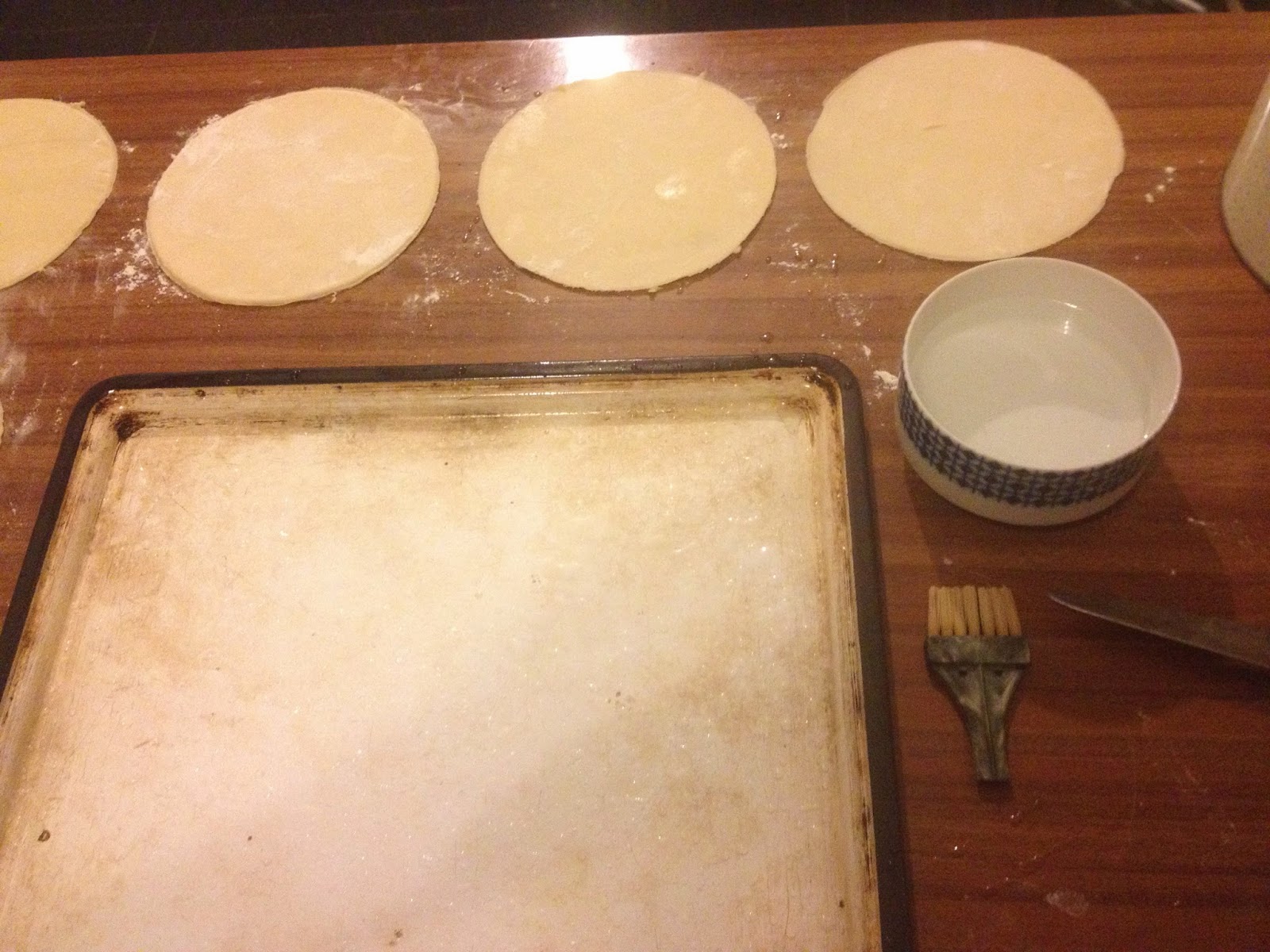 |
| Water is brushed onto baking sheet before placing disks on it. |
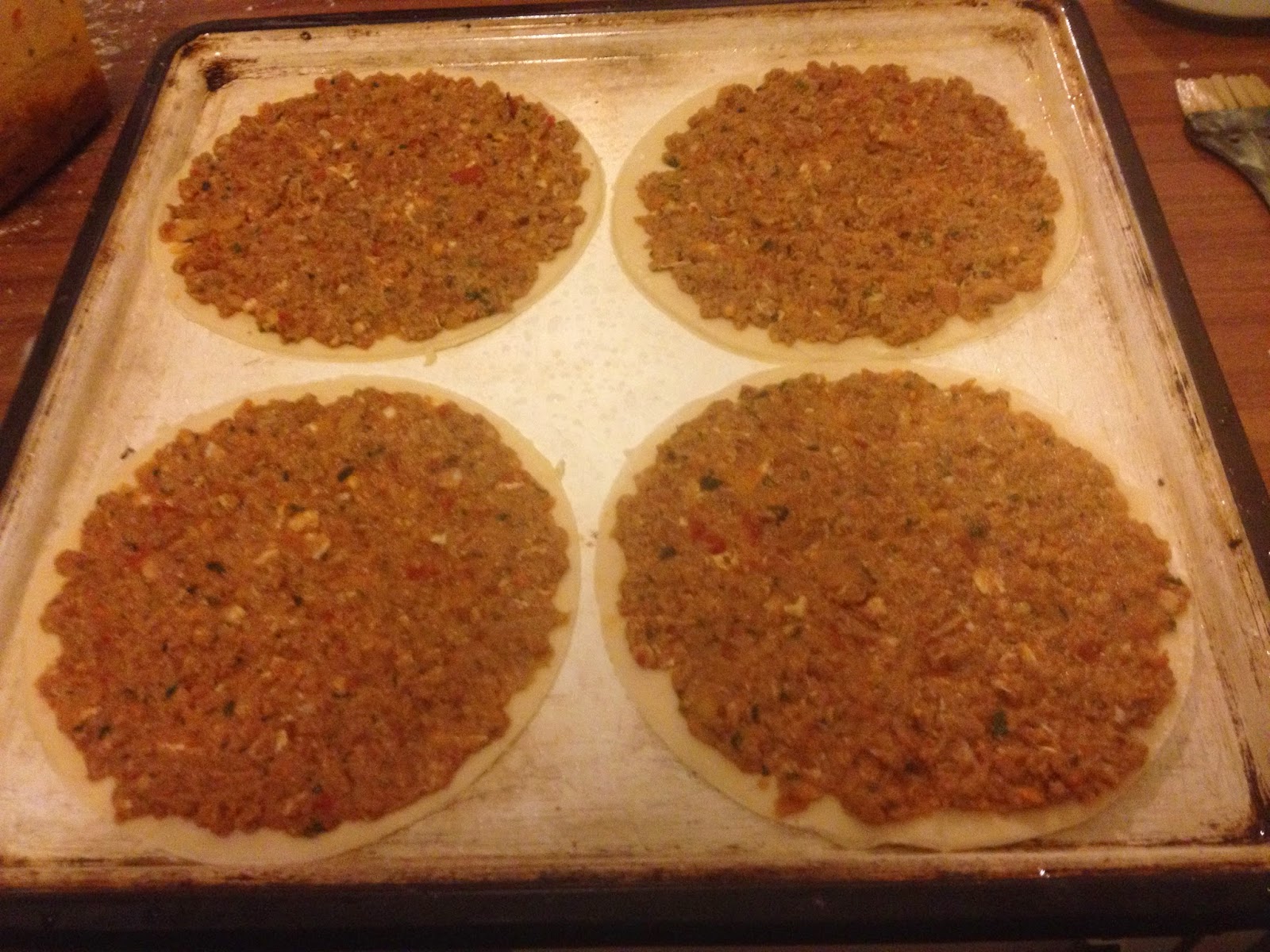 |
| Meat-vegetable topping thinly applied. |
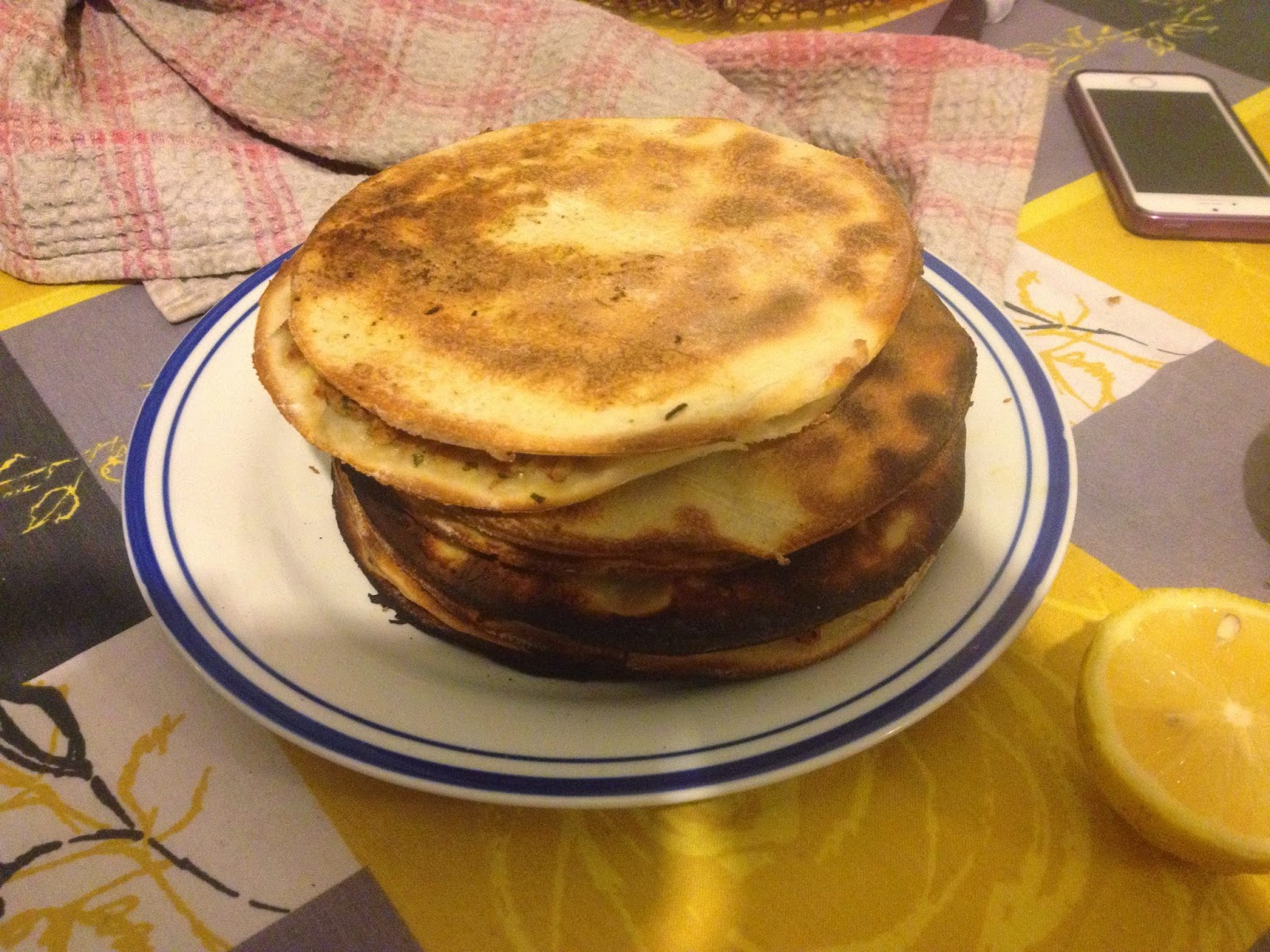 |
| Baked and stacked. A squeeze of lemon juice on baked lahmajoun adds a fresh flavor! |
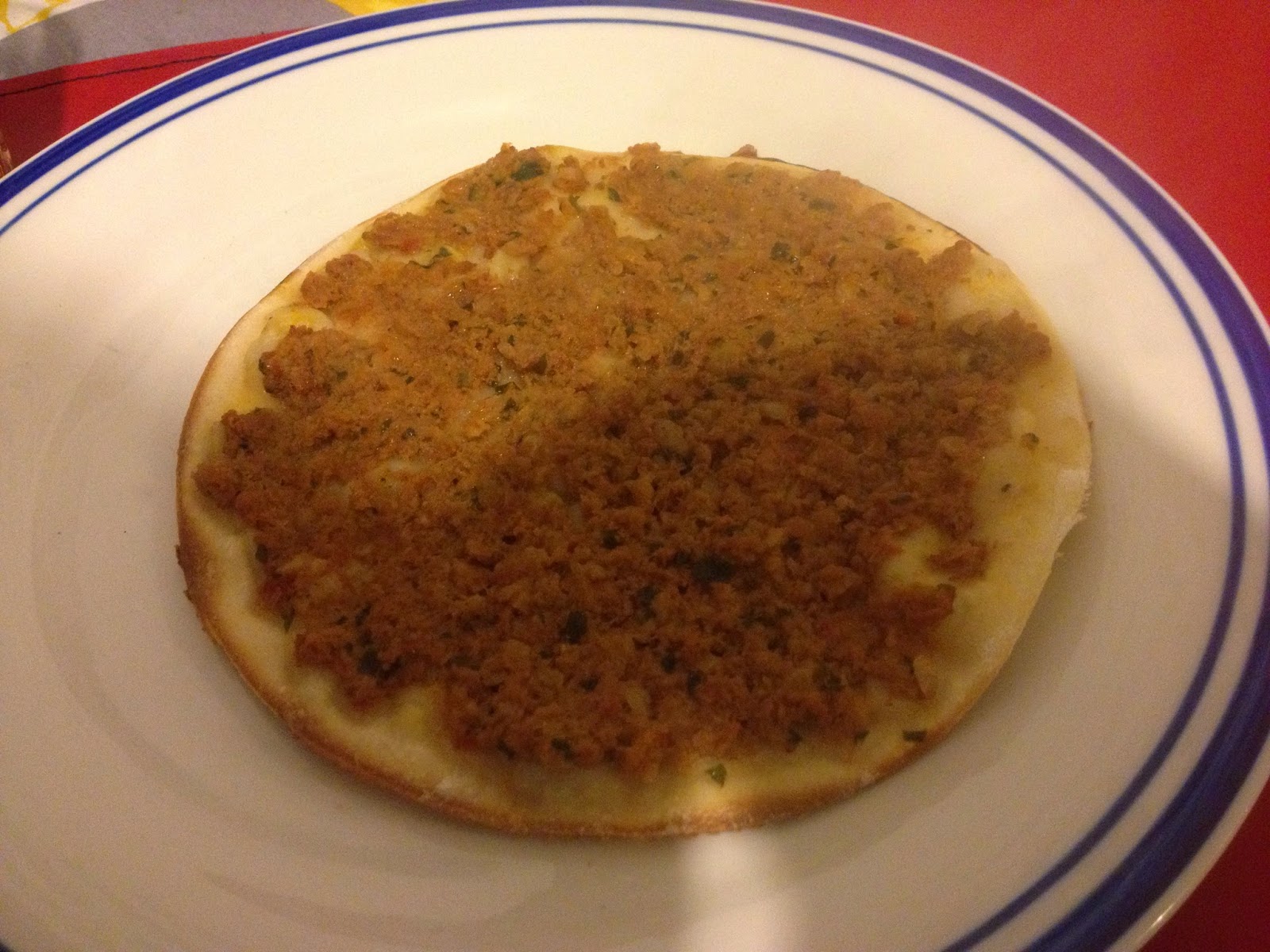 |
| Ready to serve! |
After
Mike completed his second experiment, he offered his thoughts and evaluation:
Mike completed his second experiment, he offered his thoughts and evaluation:
“I bring news about the second try to get this dough like
I want to:
I want to:
I skipped the evaporated milk, (because) I seriously
doubt the elderly woman uses that in her recipe. What I also did different is
the cooking. I’ve been doing some research and found out that the woman after
greasing the baking sheet with oil, or fat, (I heard two versions) she brushes
the surface with water just before placing the dough disks on it. This time I
made the disks thinner also.
doubt the elderly woman uses that in her recipe. What I also did different is
the cooking. I’ve been doing some research and found out that the woman after
greasing the baking sheet with oil, or fat, (I heard two versions) she brushes
the surface with water just before placing the dough disks on it. This time I
made the disks thinner also.
So I followed those steps and got these results: They
were definitely better than the previous ones – not that those were bad at all,
but still – The flexibility was improved as you can see in the photos, no
cracks (except on) one side. The water helped in keeping the moisture of the
dough, but it didn’t have that greasy texture like the elderly lady’s recipe (which
makes me think it’s healthier but still I wanna get there!).
were definitely better than the previous ones – not that those were bad at all,
but still – The flexibility was improved as you can see in the photos, no
cracks (except on) one side. The water helped in keeping the moisture of the
dough, but it didn’t have that greasy texture like the elderly lady’s recipe (which
makes me think it’s healthier but still I wanna get there!).
Next time I will put something that (will help keep) the
moisture (in the dough) when cooking.”
moisture (in the dough) when cooking.”
(Visited 497 times, 1 visits today)

